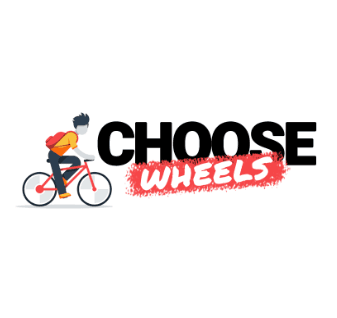YoYoBESTBUY's Leap from Magento to WooCommerce with Custom Plugins and Responsive Design

Business Description
Table of Contents
Navigate through the case study sections
Executive Summary
Case Study Content
Challenge: Magento's Complexity
Johnnie DelValle launched YoYoBESTBUY on November 11, 2011 with Magento. He expected enterprise features but soon ran into slow page loads and heavy server queries. Editing templates meant hunting through nested folders and chasing down SQL errors. Every small design tweak triggered new issues in the database. Within three months the friction was clear: every change felt like a chore and the site was choking under its own weight.
Switching to WooCommerce
With previous WordPress experience, Johnnie tested Jigoshop and reviewed the WooCommerce option. He reached out to the WooTeam and got quick answers to his questions. Seeing the community support and plugin library, he made the call: migrate his whole store to WooCommerce and drop Magento. It was a fast pivot, but we was sure it would pay off. The migration plan covered product data export, theme setup, and plugin selection.
Building on SMPL Theme
To keep the design clean and mobile friendly, he chose the SMPL theme. It used em and percentage units to adapt on phones. He customized the homepage by duplicating content.php into home-content.php then changing the index.php reference. In just a couple of hours he had a full width, 100% layout that looked like a classic shop with an edge. Tweaks to the news block and featured images made it feel unique to his brand.
Key Plugins and Custom Tools
Instead of coding each feature from scratch, Johnnie installed critical extensions:
- WooCommerce Google Checkout and PayPal Gateway for smooth payments
- Google Product Feed to sync offers with Google Merchant Center
- Advanced Ajax Layered Navigation to filter by weight, brand, and play style
- SmartManager Pro for bulk editing products and orders
- Shipping Details plugin to show tracking numbers on status pages
- Yoast WordPress SEO to target keywords on product pages
He also built a custom Net Profit Calculator plugin. By storing wholesale cost in extra fields, the tool subtracts the cost from sale price and shows profit per order inside the dashboard. This saved hours of manual tracking each month.
SEO, Social, and Mobile
Content drives the market. YoYoBESTBUY doubles as a blog, delivering news, contest recaps, and product reviews. The site treats pending orders as abandoned cart leads and sends follow up emails. The mobile layout is fully responsive, so visitors on phones and tablets see a clean, fast interface. Social share buttons on product pages encourage customers to post new releases to their networks.
Results: Growth and Efficiency
By the end of the first year, the shop offered over 250 unique yoyo products and shipped worldwide every day. The site loads in under two seconds on most connections. Template tweaks now take minutes instead of hours, and inventory updates roll out instantly. Johnnie can focus on contests and product design rather than hunting server logs.
Looking Ahead
Johnnie plans to expand the catalog to 500+ products and integrate QuickBooks export for his net profit data. He also wants to explore new payment gateways and add a loyalty program. But the foundation on WordPress and WooCommerce has already proven stable, fast, and flexible for his niche shop.
Key Takeaway
A lightweight theme, targeted plugins, and small custom code can turn a bloated store into a nimble, content-driven shop able to manage hundreds of products and engage a niche audience.
Key Takeaways
- 1Migrating from Magento to WooCommerce resolved server performance issues and simplified template editing.
- 2The SMPL theme provided a responsive, full-width design that adapts to mobile layouts using em and percentage units.
- 3Custom plugins like a Net Profit Calculator and Shipping Details enhanced order management and profit tracking.
- 4Integrating Yoast SEO, social share buttons, and content posts helped attract organic traffic and boosted engagement.
- 5Advanced Ajax Layered Navigation allowed customers to filter yoyo products by weight, brand, play style, and skill level.
- 6Within one year, YoYoBESTBUY grew to over 250 unique products and now ships globally with lightning-fast load times.
Tools & Technologies Used
Premium Content Locked
Subscribe to access the tools and technologies used in this case study.
Subscribe NowHow to Replicate This Success
Premium Content Locked
Subscribe to access the step-by-step replication guide for this case study.
Subscribe NowInterested in Being Featured?
Share your success story with our community of entrepreneurs.
Explore More Case Studies
Discover other inspiring business success stories

How Pushgram Leveraged Instagram Automation to Build a $40K Profit SaaS
Pushgram is a SaaS platform that automates Instagram growth for small businesses. By mimicking organic interactions like...
Pushgram

How Choose Wheels Recovered from a Google Penalty and Grew Traffic by 124%
Choose Wheels, an affiliate site for electric scooters and bikes, was hit with a manual Google penalty that slashed orga...
Choose Wheels

How MySignature Bootstrapped to $700K ARR with SEO
MySignature began as a simple idea: replace tedious manual email signatures with a user-friendly, browser-based generato...
MySignature